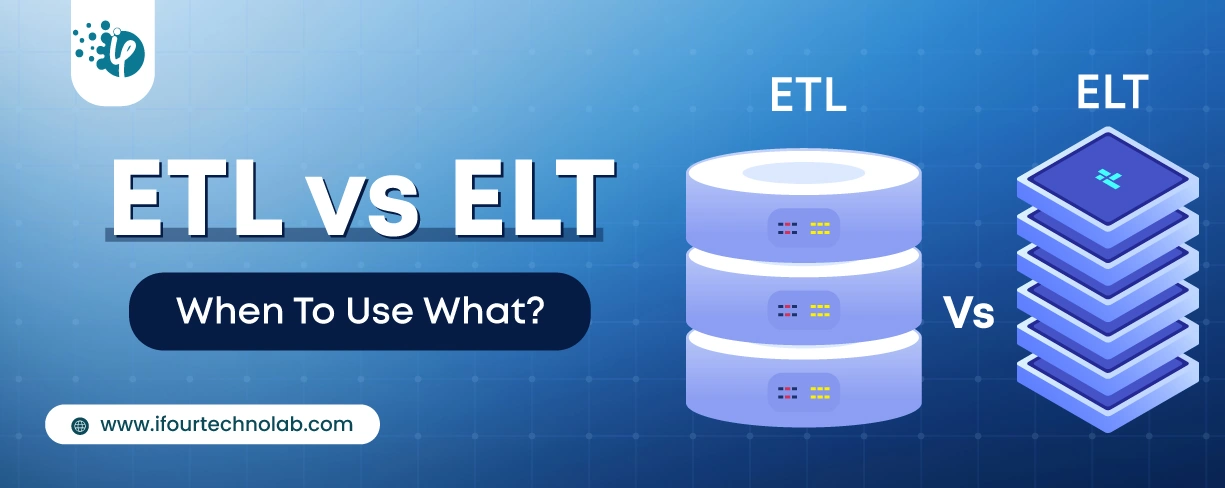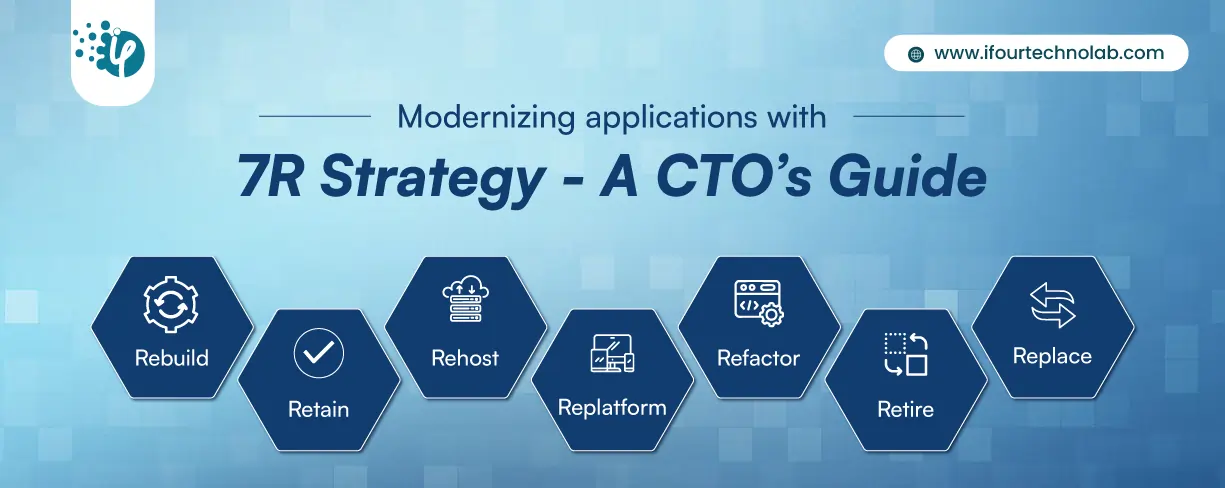How to Do Forecasting in Power BI (Steps & Accuracy Metrics)
Remember our last guide - Power BI forecasting? It revealed things that truly blocks accuracy, both structural and situational. Now it's time to take the next step. Knowing Power...
Listening is fun too.
Straighten your back and cherish with coffee - PLAY !

Though India is developing in a fast track mode in many sectors like space science, health care etc. we still lag behind in many aspects. One of the major lagging differences compared to other developed countries is digitalization of government processes. Digitalization of government companies will not only improve the services and comforts of citizens but also save time and reduce the corruption.
To overcome this big hurdle, Our Prime Minister, Shri Narendra Modi, has taken an initiative called Digital India that would lead India to the new edge and era of digital world. These initiatives will act as bridge in communication between government and citizens. And it will also bring up transparency of the government procedures. In solution to above discussion, PMO has conceptualized to launch various mobile applications in collaboration with various software development companies in India for the same.
Here few government mobile applications are listed below:
Government mobile applications are key initiatives of Digital India Program. It is a visionary project of our Prime Minister, Shri Narendra Modi, to lead India to the new era of digital world. These mobile applications are developed by mobile application development companies in India. These mobile applications will build digitized world and thus saving lot of time and energy of common people.

Remember our last guide - Power BI forecasting? It revealed things that truly blocks accuracy, both structural and situational. Now it's time to take the next step. Knowing Power...

It's amazing to see how Data teams today are racing ahead - moving from traditional warehouses to cloud-native platforms, lakehouses, and real-time architectures. But in this rush,...

Think about the last time CTOs spent most of their time fixing old systems. Updates were slow, servers were expensive, and adding new features took time. Now, things have changed....